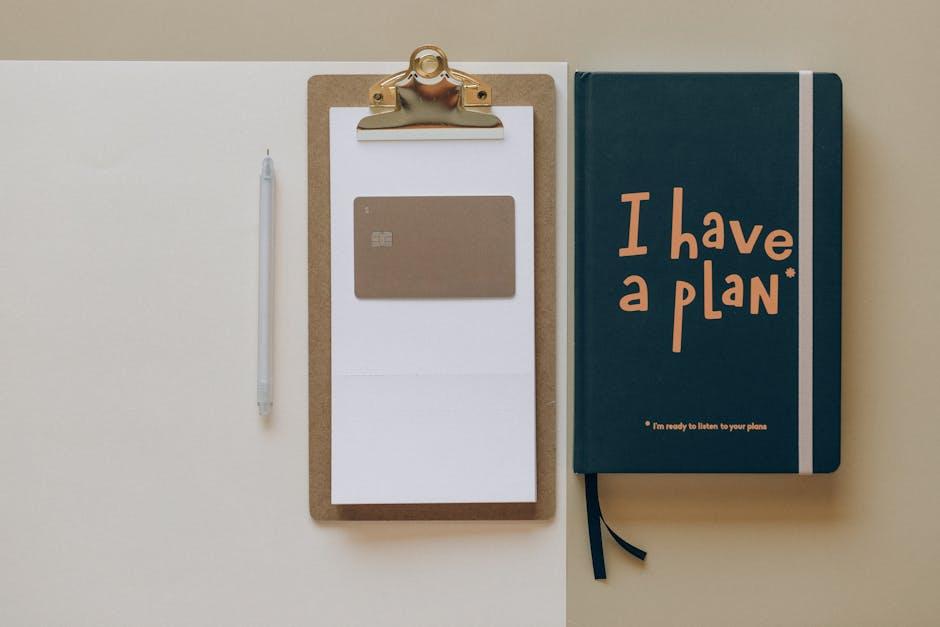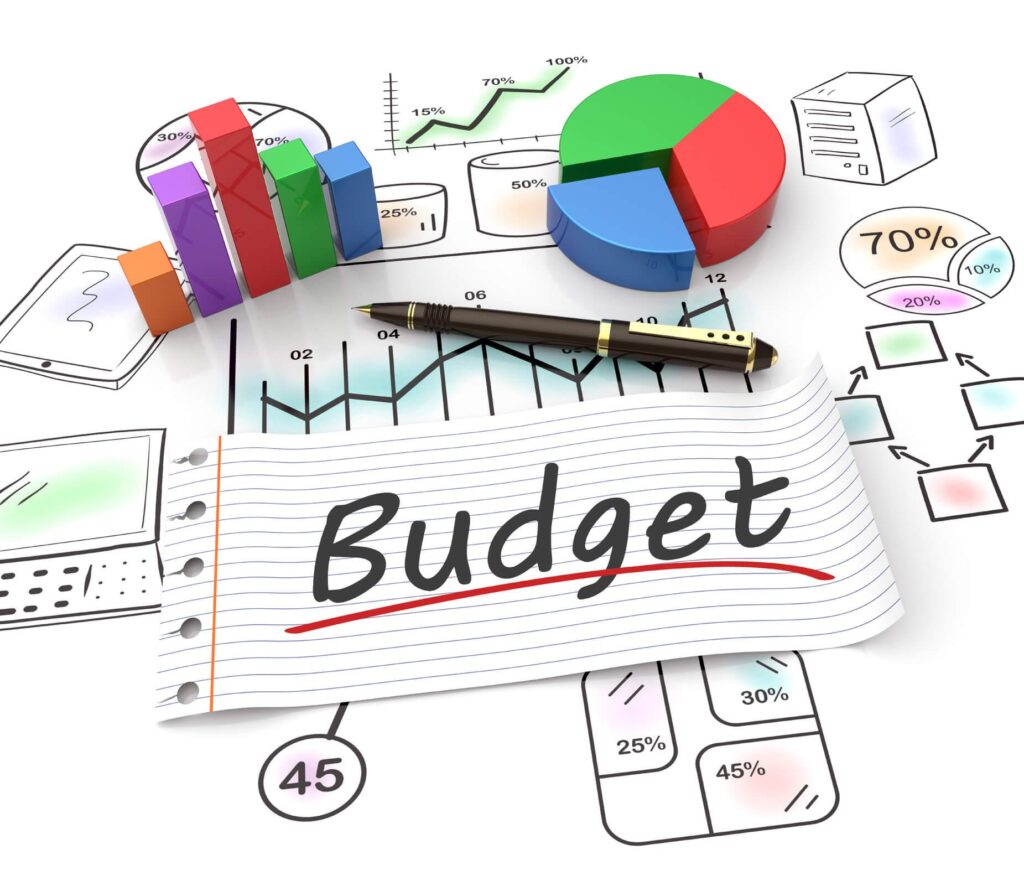In today’s fast-paced digital economy, navigating personal finances with precision has become both a necessity and a challenge. With the proliferation of spending options and financial services, consumers are often left searching for efficient ways to monitor and manage their spending habits. This landscape has given rise to a plethora of budgeting applications designed to facilitate mindful spending and financial discipline. In this article, we delve into the top budgeting apps available for mindful spenders, assessing their functionalities, user interfaces, and overall efficacy. Our goal is to provide a comprehensive guide that aids readers in selecting the most suitable tools for fostering financial awareness and prudent expenditure.
Comprehensive Analysis of Top Budgeting Apps for Mindful Spending
Budgeting apps are a game changer for anyone looking to take control of their spending with minimal hassle. The best solutions on the market typically offer a suite of features designed to cater to different needs. YNAB (You Need A Budget) emphasizes forward-looking financial planning, helping users allocate funds for upcoming expenses weeks in advance. Mint, on the other hand, excels with its quick setup and real-time tracking capabilities, integrating seamlessly with multiple bank accounts to offer a comprehensive financial snapshot. PocketGuard is ideal for those who want a streamlined experience; it simplifies budgeting by providing clear insights into how much disposable income remains after accounting for bills and necessities.
- YNAB: Detailed financial planning, forward-looking.
- Mint: Quick setup, real-time tracking.
- PocketGuard: Simplified budgeting, clear disposable income insights.
Some apps focus on particular demographics or spending philosophies. Goodbudget employs the envelope budgeting method, perfect for users who prefer a tangible approach to tracking their spending. EveryDollar is another great tool that aligns well with users following the zero-based budgeting system, ensuring every dollar is assigned a job. Simple banks on automation and intuitive design, allowing users to categorize transactions effortlessly. Understanding which features align with your financial habits can be the difference between peaceful financial management and budget failure.
| App | Best Feature | Ideal User |
|---|---|---|
| Goodbudget | Envelope budgeting | Tangible spenders |
| EveryDollar | Zero-based budgeting | Detailed planners |
| Simple | Automation | Effortless categorization |
In-Depth Features and Capabilities Comparison of Leading Budgeting Apps
<p>
When analyzing the top budgeting apps, several key features stand out to help you make a more informed decision. These features range from user-friendly interfaces to advanced customization options. Most apps include:
<ul>
<li><strong>Automated Expense Tracking</strong>: Automatically categorizes your transactions for easy budget management.</li>
<li><strong>Personalized Reports</strong>: Generate detailed reports based on your spending habits.</li>
<li><strong>Custom Alerts</strong>: Set up notifications for when you are nearing your budget limits.</li>
<li><strong>Goal Setting</strong>: Personalized savings goals to help you stay on track.</li>
</ul>
</p>
<p>
Below is a comparison table of key features of three popular budgeting apps:
<table class="wp-block-table">
<thead>
<tr>
<th>Feature</th>
<th>App A</th>
<th>App B</th>
<th>App C</th>
</tr>
</thead>
<tbody>
<tr>
<td>Automated Expense Tracking</td>
<td>✔️</td>
<td>✔️</td>
<td>✔️</td>
</tr>
<tr>
<td>Personalized Reports</td>
<td>✔️</td>
<td>✔️</td>
<td>✔️</td>
</tr>
<tr>
<td>Custom Alerts</td>
<td>✔️</td>
<td>✔️</td>
<td>❌</td>
</tr>
<tr>
<td>Goal Setting</td>
<td>✔️</td>
<td>✔️</td>
<td>✔️</td>
</tr>
</tbody>
</table>
</p><br/><img class="kimage_class" src="https://mindfulmint.org/wp-content/uploads/2024/08/60093.jpeg" alt="Expert Recommendations for Optimal Budgeting App Selection"><br/><h3 id="expert-recommendations-for-optimal-budgeting-app-selection">Expert Recommendations for Optimal Budgeting App Selection</h3><p>When selecting the best budgeting app, consider what features align with your financial goals. Look for apps that offer:</p>- Easy-to-navigate interfaces
- Customizable budget categories
- Real-time spending updates
- Secure data encryption
Expert picks for top-rated budgeting tools also highlight the importance of additional functionalities like bill tracking, savings goals, and investment monitoring. These features not only help in daily spending but also in long-term financial planning. Here’s a quick comparison of some popular choices:
| App | Key Feature | Best For |
|---|---|---|
| Mint | Comprehensive overview | All-in-one budgeting |
| YNAB | Goal-setting tools | Debt management |
| PocketGuard | Expense tracking | Daily spending |
Actionable Implementation Strategies for Effective Budget Management
Start by isolating your necessary expenses from discretionary ones. This means tracking your recurring costs like rent, utilities, and groceries. Apps like YNAB (You Need A Budget) and Mint simplify this by allowing you to categorize expenses and set monthly budgets. With YNAB, you can assign every dollar a job, ensuring you’re prepared for both fixed and unexpected expenses. Mint offers insightful spending trends and alerts, helping you stay within your limits.
Create savings goals and emergency funds. Most budgeting apps have features that allow you to earmark funds for specific objectives. Platforms like PocketGuard and Goodbudget are especially helpful. PocketGuard shows you what you can safely spend after accounting for bills, goals, and necessities. Goodbudget uses an envelope budgeting system to allocate funds for different purposes. Here is a comparison to help you decide:
<table class="wp-block-table">
<thead>
<tr>
<th>App</th>
<th>Best For</th>
<th>Key Feature</th>
</tr>
</thead>
<tbody>
<tr>
<td>YNAB</td>
<td>Detailed budgeting</td>
<td>Every dollar assigned</td>
</tr>
<tr>
<td>Mint</td>
<td>Spending trends</td>
<td>Spending alerts</td>
</tr>
<tr>
<td>PocketGuard</td>
<td>Simple savings</td>
<td>Safe-to-spend</td>
</tr>
<tr>
<td>Goodbudget</td>
<td>Envelope system</td>
<td>Fund allocation</td>
</tr>
</tbody>
</table>
Consistent monitoring is key. Regularly review your expenses and savings to adjust as necessary. Frequent checks ensure you’re staying on track with your financial goals, making your budgeting efforts more effective and rewarding.
Q&A
Q&A:
Q1: What are some key features to look for in budgeting apps aimed at promoting mindful spending?
A1: Key features to look for in budgeting apps focused on mindful spending include real-time expense tracking, automated categorization of transactions, customizable budget goals, spending alerts, and insightful reports. These features help users monitor their spending habits closely and make informed financial decisions.
Q2: Can you provide examples of the top budgeting apps mentioned in the article?
A2: Examples of top budgeting apps mentioned include:
- You Need A Budget (YNAB): Renowned for its proactive budgeting philosophy and educational resources.
- Mint: Offers comprehensive financial tracking and personalized budgeting advice.
- EveryDollar: Emphasizes zero-based budgeting, ensuring every dollar is allocated.
- PocketGuard: Simplifies expense tracking and provides clear visualizations of spending patterns.
- Goodbudget: Uses the envelope budgeting method to help manage cash flow effectively.
Q3: How does real-time expense tracking contribute to mindful spending?
A3: Real-time expense tracking keeps users constantly aware of their current financial status by updating expense data as transactions occur. This immediate feedback prevents overspending and allows users to adjust their habits promptly, fostering a more mindful approach to managing money.
Q4: Why is automated categorization of transactions beneficial for budgeting?
A4: Automated categorization saves users the time and effort of manually sorting each expense. By automatically classifying transactions into predefined categories, these apps streamline the budgeting process and provide clearer insights into spending patterns, making it easier to identify areas where adjustments are needed.
Q5: How do customizable budget goals enhance user experience in budgeting apps?
A5: Customizable budget goals allow users to tailor their budgeting plans to their specific financial situations and objectives. This personalization ensures that the app’s recommendations and alerts are relevant and aligned with the user’s priorities, making the budgeting process more effective and engaging.
Q6: What role do spending alerts play in promoting mindful spending?
A6: Spending alerts notify users when they are nearing or exceeding their budget limits. These timely reminders encourage users to re-evaluate their spending decisions, stay within their budgets, and avoid unnecessary expenses, ultimately promoting a more conscious and deliberate approach to financial management.
Q7: How do insightful reports help users understand their spending habits better?
A7: Insightful reports provide detailed analyses of income and expenditure trends over time. By highlighting patterns, irregularities, and areas of concern, these reports enable users to gain a deeper understanding of their financial behavior. This knowledge is crucial for making informed adjustments and achieving long-term financial goals.
Q8: Are these budgeting apps suitable for all types of users, from beginners to experienced budgeters?
A8: Yes, these budgeting apps are designed to cater to a wide range of users. While each app offers a unique set of features, they typically include user-friendly interfaces and varying levels of complexity to accommodate both beginners and experienced budgeters. Users can choose an app that best fits their financial literacy and specific needs.
Q9: Is data security a concern when using budgeting apps?
A9: Data security is a significant concern, and reputable budgeting apps prioritize it by implementing robust security measures such as encryption, two-factor authentication, and secure banking integrations. Users should review an app’s privacy policy and security features to ensure their financial information is protected.
Q10: Are there any costs associated with using these budgeting apps?
A10: While many budgeting apps offer free versions with basic features, premium versions with advanced functionalities may require a subscription or one-time purchase. It is advisable to compare the costs and benefits of different plans to determine the most cost-effective option for your budgeting needs.
For in-depth reviews and comparisons of these apps, refer to the full article, “.”
Wrapping Up
navigating the landscape of budgeting apps designed for mindful spending can be an empowering endeavor for individuals aiming to gain control over their finances. Each of the highlighted applications offers distinct features tailored to various user needs, emphasizing ease of use, comprehensive tracking, and advanced analytics. By leveraging these digital tools, consumers can foster a deeper understanding of their spending behaviors, set and achieve financial goals, and ultimately cultivate a healthier financial lifestyle. As the technology behind personal finance management continues to evolve, staying informed about these innovations will be crucial for those aspiring to achieve long-term financial stability and mindfulness.


